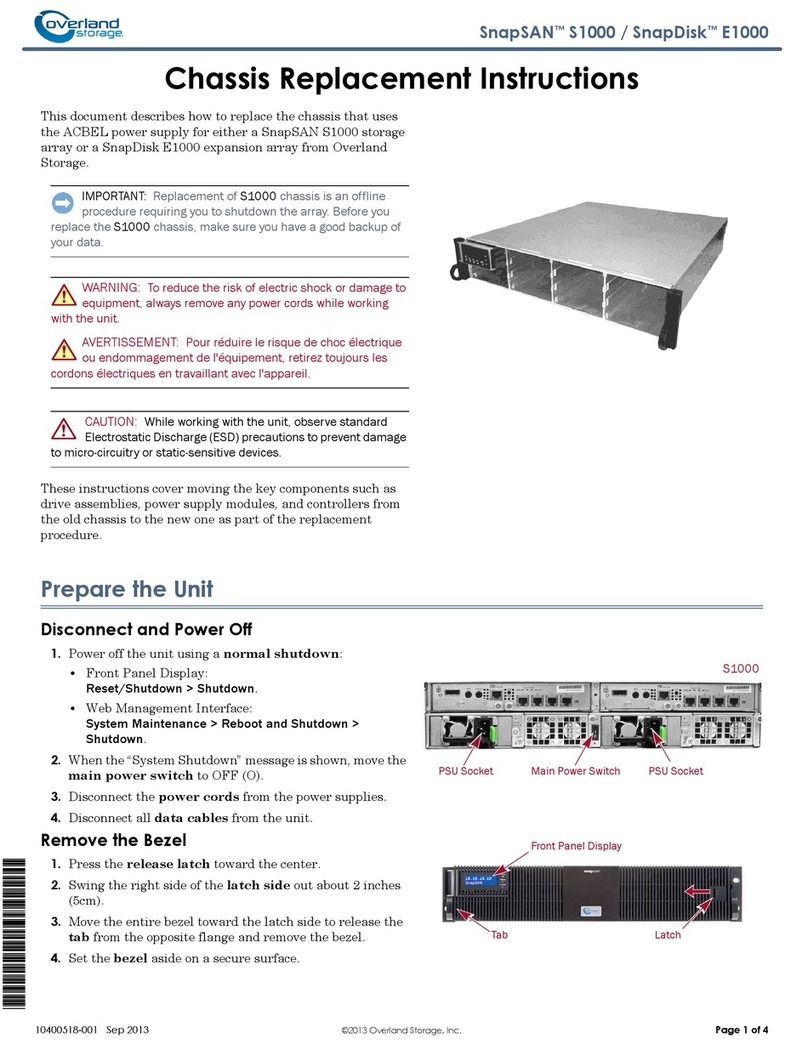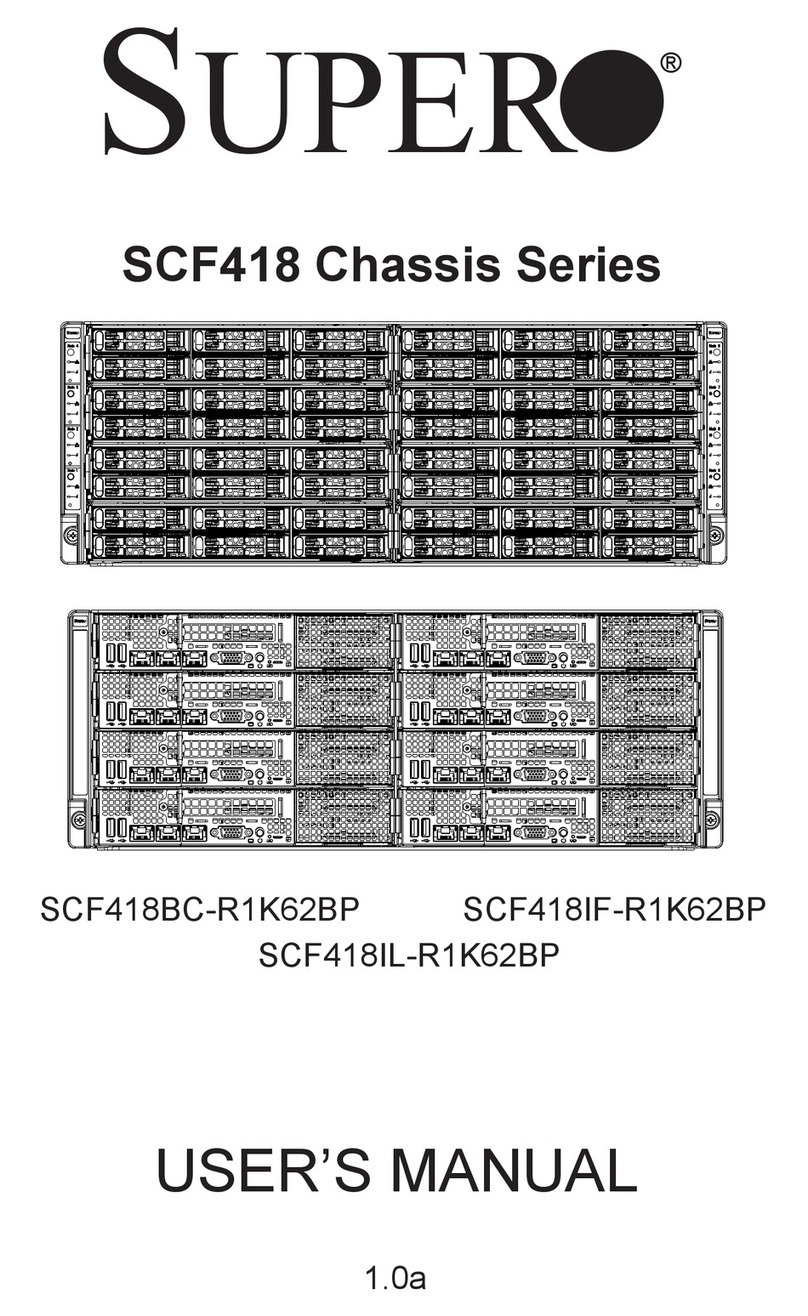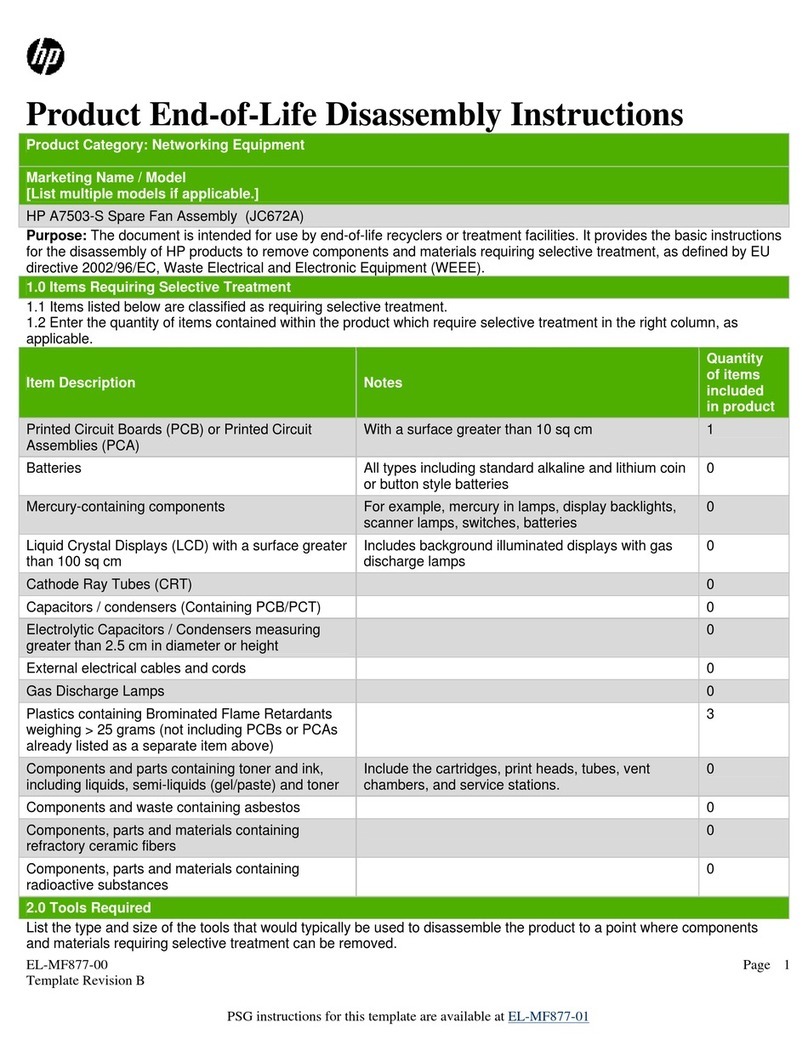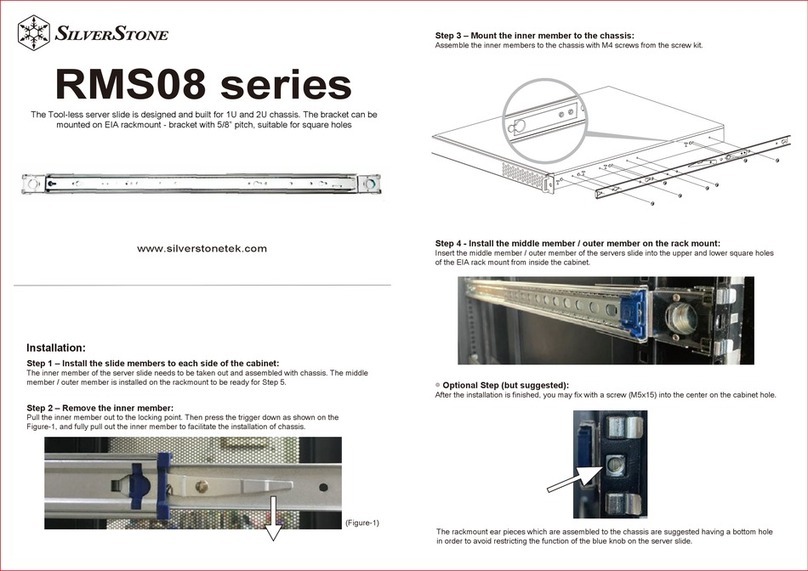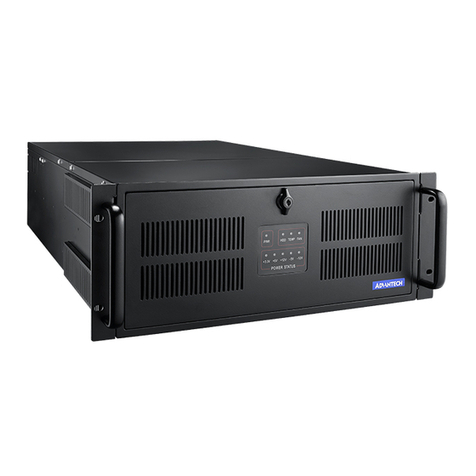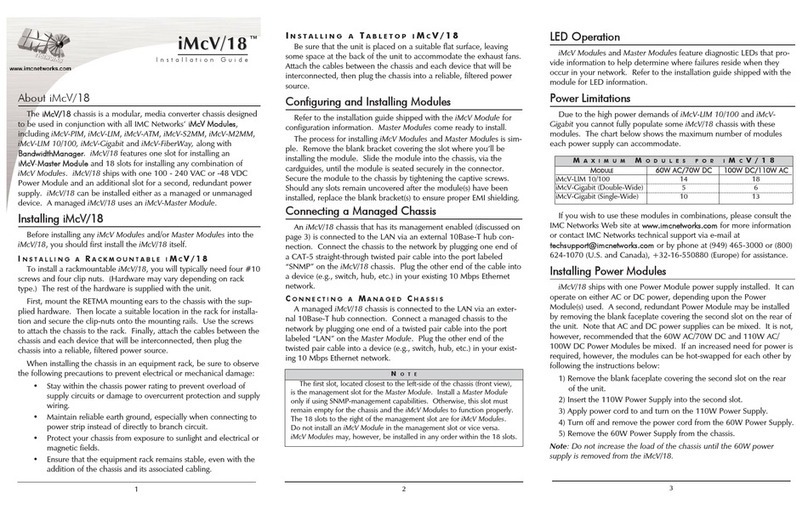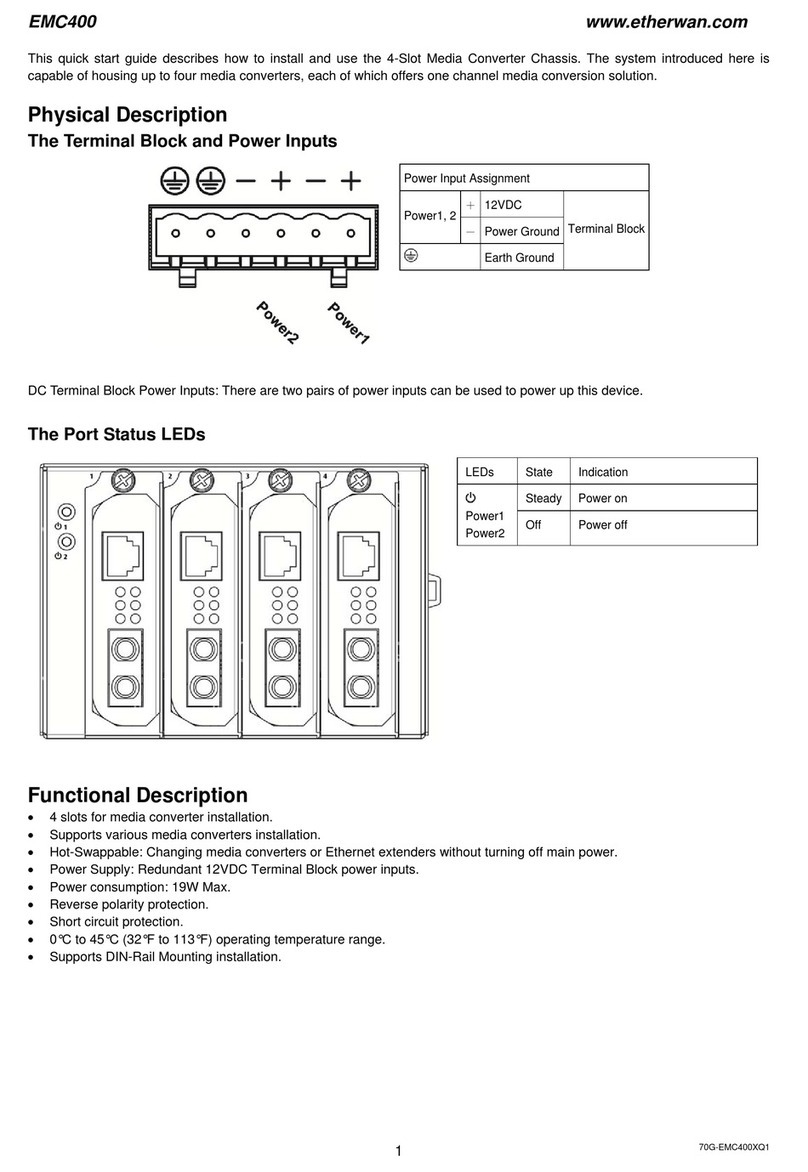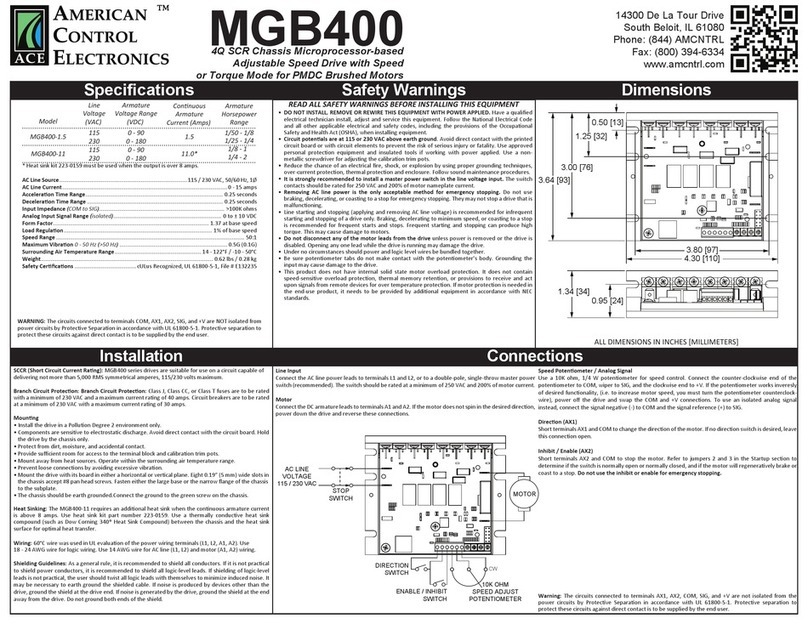3DQDVRQLF
2
Contents
1 CIRCUIT DESCRIPTION...........................................................................................................................3
1.1 SMALL SIGNAL PART .................................................................................................................................3
1.1.1 Tuner and IF output Tuner:.............................................................................................................3
1.1.2 Vision IF ..........................................................................................................................................3
1.1.3 Sound...............................................................................................................................................8
1.1.4 Horizontal and vertical synchronization .......................................................................................10
1.1.5 Luminance and chrominance signal processing............................................................................13
1.1.6 Color Decoder...............................................................................................................................15
1.1.7 AFC - Tuning - ATS .......................................................................................................................18
1.2 DIGITAL CONTROL SIGNALS....................................................................................................................20
1.2.1 1-3-1 local keyboard......................................................................................................................20
1.2.2 1-3-2 IR remote control code.........................................................................................................20
1.2.3 I2C bus...........................................................................................................................................22
1.3 HORIZONTAL DEFLECTION - FBT ...........................................................................................................24
1.3.1 General description:......................................................................................................................24
1.3.2 Horizontal deflection.....................................................................................................................24
1.4 VERTICAL DEFLECTION...........................................................................................................................29
1.4.1 Z-421 circuit ..................................................................................................................................29
1.4.2 Drive circuit part...........................................................................................................................30
1.5 VIDEO AMPLIFIER AND ABS...................................................................................................................32
1.5.1 Video output amplification.............................................................................................................32
1.5.2 ABS operation................................................................................................................................34
1.5.3 Beam current limiter......................................................................................................................35
1.5.4 Euro-scart......................................................................................................................................36
1.6 POWER SUPPLY STR-S5707....................................................................................................................37
1.6.1 Vin terminal, start-up circuit..........................................................................................................37
1.6.2 Oscillator, F/B terminal voltage (pin 7).........................................................................................37
1.6.3 Function of INH terminal (pin 6), control of off-time....................................................................37
1.6.4 Drive circuit...................................................................................................................................37
1.6.5 OCP function.................................................................................................................................37
1.6.6 Latch Circuit..................................................................................................................................38
1.6.7 Thermal shutdown circuit..............................................................................................................38
1.6.8 Over-voltage protection circuit......................................................................................................38
1.6.9 Stand-by Mode TOP210.................................................................................................................38
1.6.10 CONTROL PIN (pin4)...................................................................................................................38
2 VCR PART...................................................................................................................................................39
2.1 KEY FEATURES OF VIDEO IC AND ITS RELATIVES....................................................................39
2.2 RECORD AND PLAYBACK PROCESSING CIRCUIT .....................................................................40
2.2.1 RECORD PROCESSING...............................................................................................................40
2.2.2 PLAYBACK PROCESSING...........................................................................................................43
2.2.3 AUDIO SIGNAL PROCESSING (LA71511M) ..............................................................................46
